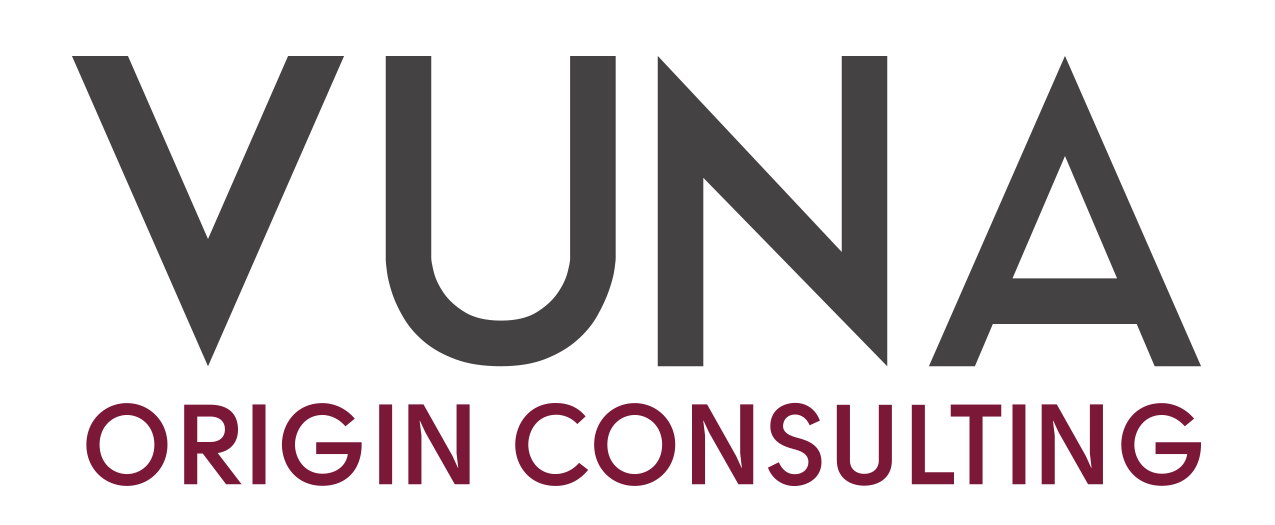Master the Art of Green Coffee Sales (2): Fresh from Copenhagen on EUDR Regulations and Producers' Drive for Ownership
By Sara Morrocchi
At the recent World of Coffee trade show in Copenhagen, our colleagues Sara and Bram explored the Scandinavian specialty coffee scene in depth, uncovering trends that will shape 2024 and beyond.
Here are Sara’s main takeaways!
In Europe, all eyes are on EUDR.
The European Union Deforestation Regulation (EUDR) aims to prevent the import of products linked to deforestation and forest degradation. For coffee suppliers, this regulation brings several concerns. Failure to comply with the EUDR could result in the exclusion from the European market, which is significant for many coffee suppliers, especially smallholders farmer organizations. On the other side, importers and roasters are struggling to make sense of the regulations, bureaucracy and in the intricacies of how to administer this from a supply chain perspective. There will be a loss in volume and forward buying is definitely the short term strategy against medium and long term supply chain disruptions.
We do not know how the market will look on January 2025, but there will a level of “chaos” and scramble and the dust won’t settle for a while. We expect that within 3-6 months, we will have a different coffee market in Europe, and the trickle down effects on consumption will be felt.
The Green Coffee Connect program at World of Coffee is your best chance to “figure out” the market
Hosted by SCA alongside Vuna Origin Consulting, ITC, and the Center for Circular Economy in Coffee, this event challenged the norms of the green coffee industry. The mission was clear: to disrupt how origin producers penetrate the lucrative Scandinavian specialty market.
The event kicked off with a deep dive into the unique dynamics of this market, featuring insights from industry leaders John Gibson (La CaBra) and Alejandro Cadena (Caravela Coffee). They uncovered the intricacies of Scandinavian consumer behavior and roaster preferences. Next, we rolled up our sleeves for a hands-on session led by Vuna Coffee School coach Bram, crafting strategies to help producers not only enter but thrive in this competitive space. We covered everything from selecting premium beans to navigating export logistics.
Finally, the networking session brought together Scandinavian & European roasters and attendees, fostering connections over freshly brewed coffees. These interactions weren’t just about tasting notes—they were about sparking partnerships that could transform business models.
The main takeaway? Scandinavia is a lucrative, forward thinking market but it is also relatively small and very demanding, in terms of quality but also in terms of transparency, the information and data that producers need to share. It is not a market with lots of flexibility and adaptability, and it may not be a good fit for many producers and exporters.
Producers' drive to own other parts of the supply chain is on the rise
Just like at the Expo in April, the resilience and sustainability of green coffee businesses at origin - we believe - will depend more and more on forward integration and a stronger presence in both local and international consuming markets. Addressing market disparities requires producers to explore ways to own more value-added positions in the supply chain, such as importing and roasting.
However, forward integration is not a silver bullet; it is not accessible to all businesses at origin. It requires significant investments, education, and expertise. Nevertheless, businesses like Paso Paso, featured during the Green Coffee Connect, demonstrate that this approach is viable and possible.
What have you observed at WoC? Share it with us in the comments.
Coming Soon: Bram Reveals 'The Big Four' in Market Access Strategy
Next week, Bram will unveil 'The Big Four' elements of a comprehensive market access strategy. Don't miss the finale of our 'Master the Green Coffee Sales' series, exclusively here on Vuna Coffee News.




